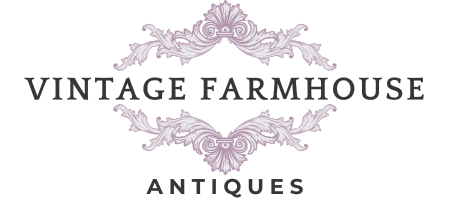Aynsley Indian Tree China Pattern
Aynsley China, a renowned British porcelain manufacturer, has a rich history and has produced many popular patterns, including the "Indian Tree" design.
Here’s an in-depth look at Aynsley's Indian Tree China:
- Origin: The Indian Tree pattern is inspired by traditional Chinese designs, often referred to as Chinoiserie. It became popular in Europe during the 19th century.
- Design: Typically features a stylised tree with exotic flowers and leaves. The pattern often incorporates vibrant colors and sometimes gold accents.
- Variations: Over the years, Aynsley produced several variations of the Indian Tree design, differing in colur schemes, detailing, and the complexity of the pattern.
Aynsley China: A brief history
- Founded: 1775 by John Aynsley in Longton, Staffordshire, England.
- Reputation: Known for high-quality bone china and intricate designs, often hand-painted.
- Royal connections: Held several Royal Warrants, supplying to the British Royal Family.
Specific characteristics of Aynsley's Indian Tree China
- Colour Palette: Common colours include greens, pinks, reds, and blues, often set against a white background.
- Style: The Aynsley Indian tree china pattern often shows a tree with a twisting trunk, detailed foliage, and stylised flowers.
- Forms: Produced in a wide range of items, from full dinnerware sets to individual pieces like teapots, cups, and plates.
Aynsley Indian Tree collectability and value
- Desirability: Aynsley’s Indian Tree pattern is highly collectible, especially older pieces with specific marks indicating their production era.
- China marks: Pieces can be dated by the backstamps, which changed over time. Early pieces of Aynsley china often have handwritten numbers and letters, while later pieces of Aynsley have printed stamps.
- Value: The value of Aynsley Indian Tree China can vary based on the age, condition, and rarity of the pieces. Complete sets or rare items in excellent condition can fetch higher prices at auctions and among collectors.
Aynsley Indian Tree identification tips
- Backstamps: Look for the Aynsley backstamp which often includes the company name, location (England), and sometimes a pattern name or number.
- China pattern details: Examine the details of the tree and flowers. Authentic Aynsley pieces will have precise, intricate designs.
- Quality of the porcelain: Aynsley china is known for its fine bone china, which is usually lightweight yet strong with a translucent quality.
Popularity and uses of Aynsley Indian Tree china
- Decorative: Due to its intricate and vibrant design, the Indian Tree pattern is often used decoratively, both in formal settings and as display pieces.
- Tableware: Aynsley Indian tree china remains popular for special occasions and is cherished for its elegance and historical charm.
Caring for your Aynsley Indian Tree China
- Washing: Hand wash is recommended to preserve the pattern and gold accents.
- Storage: Store carefully to avoid chipping and scratching, ideally in padded storage or with separators between pieces.
- Display: When displaying, ensure the pieces of china are secure and avoid direct sunlight which can fade the colours over time. Try to avoid useing wire plate holders as these frequently damage the edge of the china, leaving a characteristic pitting where the wires have eaten into the china, as this will reduce the value.
Buying Aynsley Indian Tree china
- Availability: Available through antique dealers, auctions, and specialised online marketplaces. Modern reproductions may also be found but usually differ in some details from older pieces.
- Price range: Individual pieces can range from modest prices for common items to high prices for rare or complete sets.
How much is Aynsley Indian tree china worth
If you have specific pieces of Aynsley Indian Tree China or marks that you need help with we now offer a virtual china identification and valuation service here.



